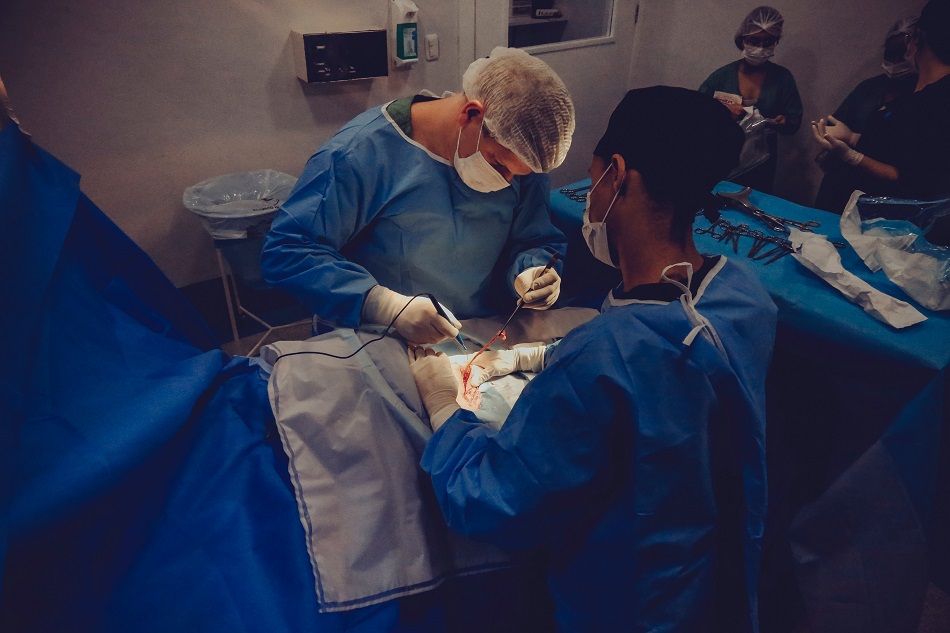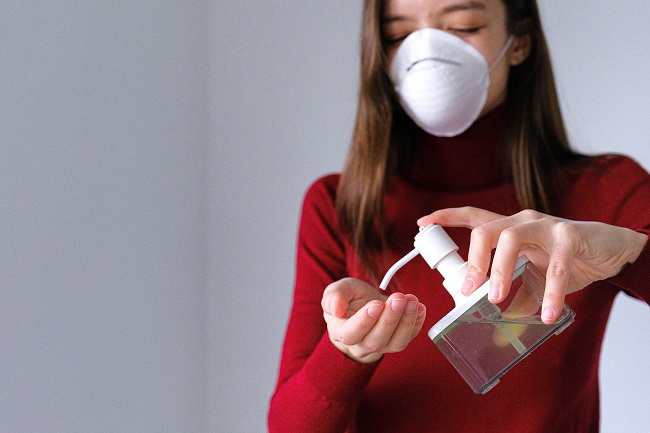
Photo by Vidal Balielo Jr. on Pexels
Healthcare settings are complex. Personnel and patients alike can carry pathogens. Equipment in continual use can also become a vector for infection in a busy hospital. But infection control that’s diligently practiced and intelligently monitored is evolving as a central concern of healthcare institutions.
Let’s discuss the prevention of healthcare-associated (HIAs)/nosocomial infections and how institutions and individuals working in clinical settings can achieve better, infection-free patient outcomes. To reduce the number of nosocomially transmitted infections in clinical settings is to reduce the number of multi-drug resistant infections outside them.
As hospitals step up the war on HIAs, seeking ever more complex systems of infection control, it’s hoped that the infection rate in clinical settings can be drastically and permanently reduced. Here’s how hospitals are meeting the challenge and innovating as they do so.
Infection Prevention and Control (IPC)

Photo by Anna Shvets on Pexels
Every healthcare institution on earth has a specific set of guidelines and protocols associated
with preventing and controlling infections. Generally, these include the following:
- Hand sterilization/washing before and after all patient contact events, after exposure to body fluids, and before and after touching the patient’s immediate surroundings.
- Infection assessment at intake and at intervals throughout the patient’s stay.
- Strict cleaning protocols, carried out regularly, ensuring that microorganisms are eliminated from surfaces.
- Wearing personal protective equipment (PPE), when appropriate. The importance of healthcare staff wearing these garments has been underscored by the pandemic. PPE should be kept close to where it will be used and used only once, except for reusable items (clearly stipulated as such), and sterilized following each use. PPE should be immediately removed and discarded after use and disposed of in a medical waste disposal process, as stipulated.
- Proper coughing hygiene. Covering the mouth with a tissue, which must be immediately disposed of, followed by handwashing.
- Spillage of blood and other body fluids must be attended to with urgency, as these may bear life-threatening pathogens as serious as HIV. All staff should be rigorously trained in protocols for cleaning body fluids and kept apprised of any changes to those protocols.
- Disposal of medical waste must follow strict guidelines that are adhered to by all staff in every instance. There must be clear guidelines with respect to sharps disposal, other medical waste, and general waste that’s not healthcare-related.

Photo by RDNE Stock Project on Pexels
Uniforms
Every hospital has specific guidelines for the treatment of scrub uniforms. But these guidelines must be followed strictly, especially if individual staff are charged with taking their scrubs home to sterilize. Nursing scrub tops are particularly vulnerable to contamination by body fluids due to nursing professionals’ frequent proximity to patients.
All staff taking scrubs home to sterilize must follow hospital IPC guidelines to ensure the integrity of the overall program’s success. This factor is one that must be closely monitored with regular assessment for compliance.
Screening for Drug-Resistant Pathogen Contact
All patients must be screened prior to intake, to control for previous contact with multidrug-resistant agents. Screening at intake can serve to protect the patient, other patients, and society at large.

Photo by CDC on Pexels
Bacterial infections like C. difficile and MRSA can impact the greater community outside the hospital’s doors. Medical science and bacteria are currently locked in mortal combat as bacteria evolve to resist the work of even the most efficient antibiotics. Identifying patient vulnerabilities prior to placement allows for a more secure situation for the patient and helps prevent potential outbreaks.
Highlighting The Patient’s Role
As patients are prepared for surgery, information about the procedure is a good start. But that only scratches the surface. The patient is a source of IPC that can’t be ignored. Ensuring they’re nutritionally and physically prepared for a surgical procedure is crucial.
Seasonal flu vaccinations are a good place for all patients to start. Surgeons should be clear about the reason for this, bringing the patient into the work of controlling infection in clinical environments. But it’s to the benefit of everyone involved that the patient be informed about nutrition and nutritional supplements that support a strong immune system more resistant to infection. Encouraging patients to exercise, to freely consume water, and to sleep enough in the run-up to surgery, is IPC at source. The patient’s involvement in IPC is a crucial component of intelligent, comprehensive infection control.
The Surprising Gift of COVID

Photo by Cottonbro Studio on Pexels
In some very surprising ways, the pandemic has given hospitals and those who work in them a gift. Because of the protocols required in healthcare settings to control the spread of the pandemic, there is a renewed fervor to apply the lessons of that dark and difficult period to IPC.
Hospital leadership teams have tightened their monitoring systems, centralizing them for efficiency and consistency. Greater collegiality has been compelled, leading to more frequent check-ins on IPC compliance. But changes haven’t occurred in administrative functions alone.
Frontline staff are now limited to a reduced number of visits to patient rooms, lowering the risk of infection. And new sterile procedures are being applied to the use of respiratory devices, with the same result.
A Healthier World
The rise of drug-resistant pathogens has issued a strong challenge to the ability of healthcare institutions to treat them. Effective infection control in hospitals is a crucial part of the puzzle in reducing these microbial threats’ influence on human health.
With hospitals around the world actively evolving their IPC protocols in the wake of the pandemic, there is a growing understanding of infection control. Patients are becoming more aware and healthcare providers are reaching out to patients to empower them to support IPC. With continuing vigilance and innovative solutions, infection control in hospitals is contributing to a healthier world.